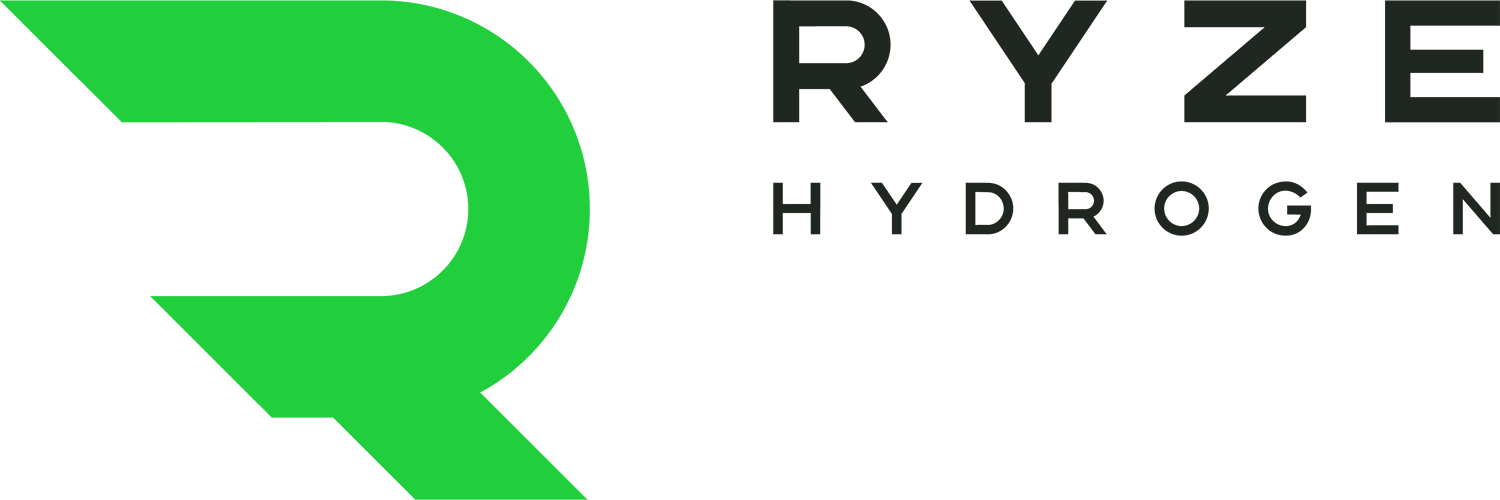Electrolysers have come a long way since the technology was first developed by William Nicholson and Anthony Carlisle in 1800, primarily for the production of ammonia from hydropower.
For the technically minded among you, we recommend this highly informative history of electrolyser technology in this paper from the International Renewable Energy Agency (IRENA).
While it has 200 years of history behind it, in many ways the journey for electrolyser technology has only just begun as the importance of clean hydrogen to the decarbonisation of the global economy drives research and innovation.
The two technologies currently dominating green hydrogen production are alkaline electrolysis, which has been around for more than 100 years, and proton exchange membrane electrolysis. Without going into too much detail, alkaline electrolysis is a reaction between two electrodes in a solution of water and electrolyte, while PEM creates a reaction with a solid polymer. Both have their pros and cons.
Alkaline electrolysis is a mature, flexible and robust technology that requires relatively low capital expenditure. PEM electrolysers are known for their fast response ramp-up and ramp-down times and wide dynamic operating range that is ideal for handling the intermittent power supplied by renewable energy, such as wind and solar. They can also be 50-60% more expensive to build than their alkaline cousins.
Among the biggest manufacturers of PEM electrolysers is UK-based ITM Power. Europe’s largest maker of electrolysers, Norway’s Nel, makes both alkaline and PEM models.
Both technologies have huge potential for technology-based cost reductions. One of the main reasons PEM electrolysers are relatively expensive is the use of rare and costly platinum group metals in the catalyst. However, a number of companies, including California-based NewHydrogen, are working on replacing those metals with cheaper alternatives.

The huge competition and falling costs in the electrolyser industry, is bringing us closer to the decarbonisation goals that we need to achieve to stop the planet warming to unsustainable levels.
There are a host of improvements being worked on for both alkaline and PEM electrolysers that mean costs are expected to fall by 40-55% by 2030 and 70% by 2050, according to IRENA.
Moreover, there are other, less developed, electrolysis technologies that are showing great promise. Solid oxide electrolysers (SOE) operate at high temperatures (700-850 degrees C), allowing the use of cheap nickel electrodes, lower electricity costs due to the recycling of waste heat and can perform at high efficiencies (German steel producer Salzgitter recently achieved 85% using Sunfire technology).
Those kinds of temperatures are only found in a small number of industrial settings, but U.S. start-up Advanced Ionics recently revealed it has developed an electrolyser that operates at 150 degrees C, making it suitable for a much broader range of industries, including petrochemicals, ammonia and glass manufacturing. However, it doesn’t expect to be shipping its electrolysers until 2025.
Anion exchange membranes (AEM) promise a combination of the best elements of alkaline and PEM electrolysers, using the cheaper materials of alkaline electrolysers with the flexible performance of PEM units. Only a few companies, such as Italy’s Enapter, currently produce AEM electrolysers, but if they live up to their promise, they could lead to a step change in hydrogen production costs.
While electrolysis may seem like a complex world (it is), IRENA believes that, over time gaps in cost and performance will narrow as innovation and mass deployment of different technologies drive convergence towards similar costs.
The important thing is that a huge market is opening up, which means huge competition and falling costs, bringing us closer to the decarbonisation goals that we need to achieve to stop the planet warming to unsustainable levels.
To learn more about Ryze Hydrogen, click here.






